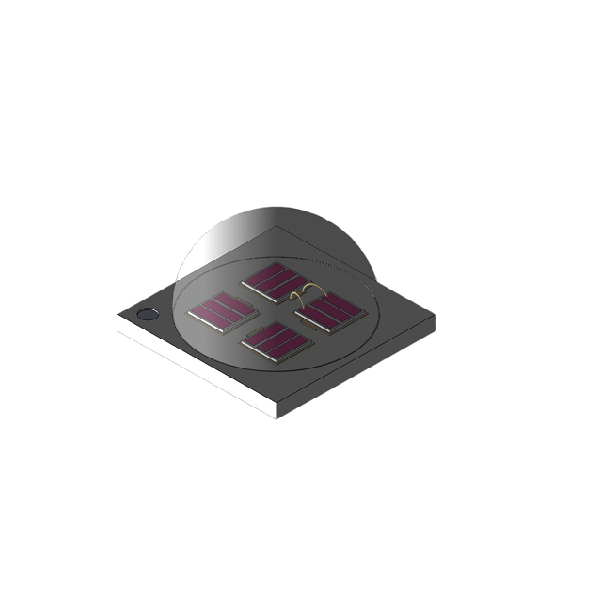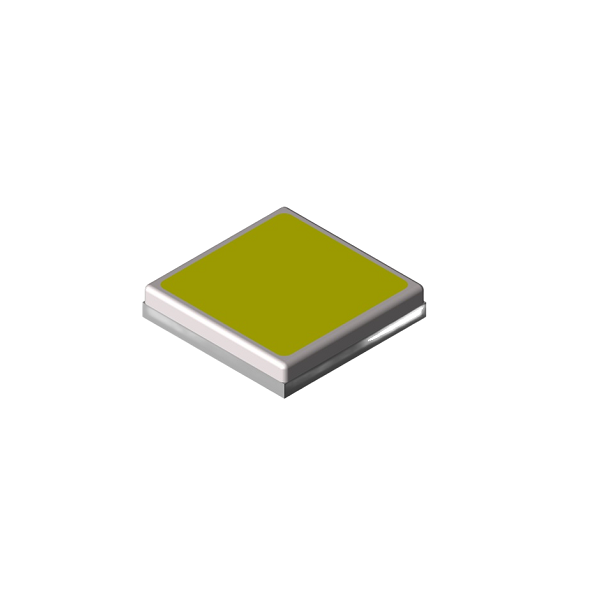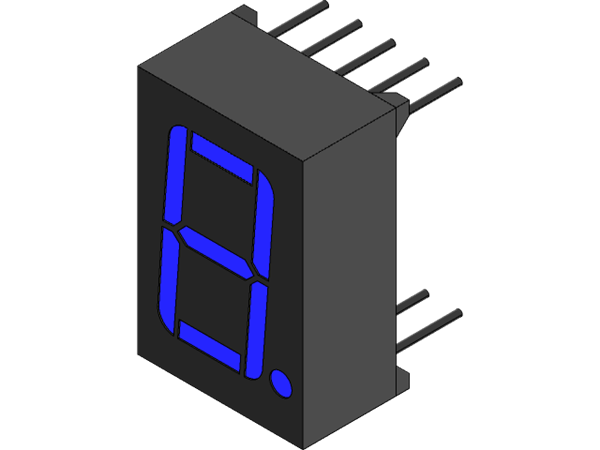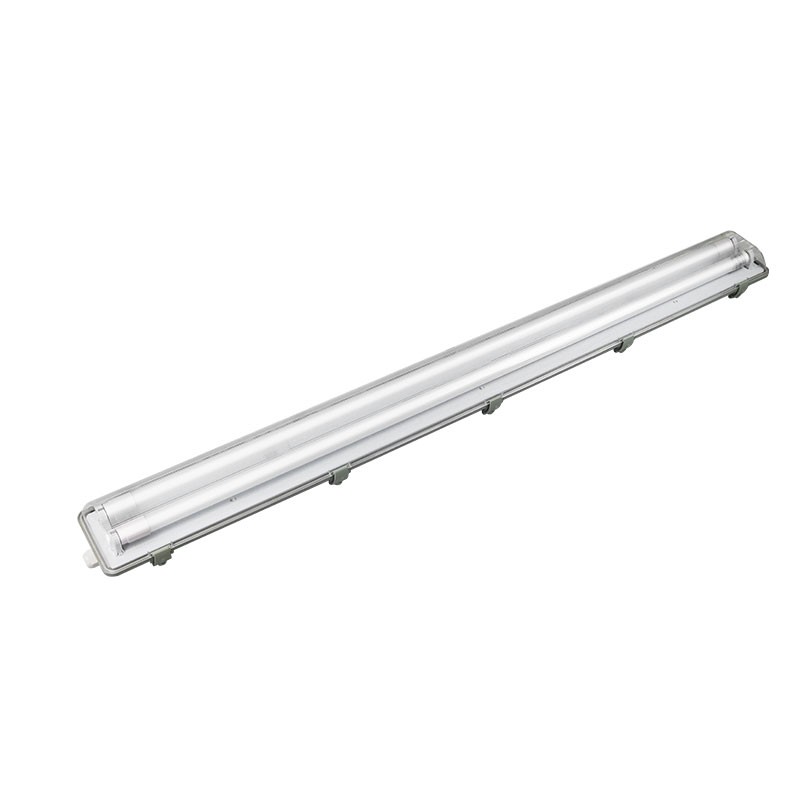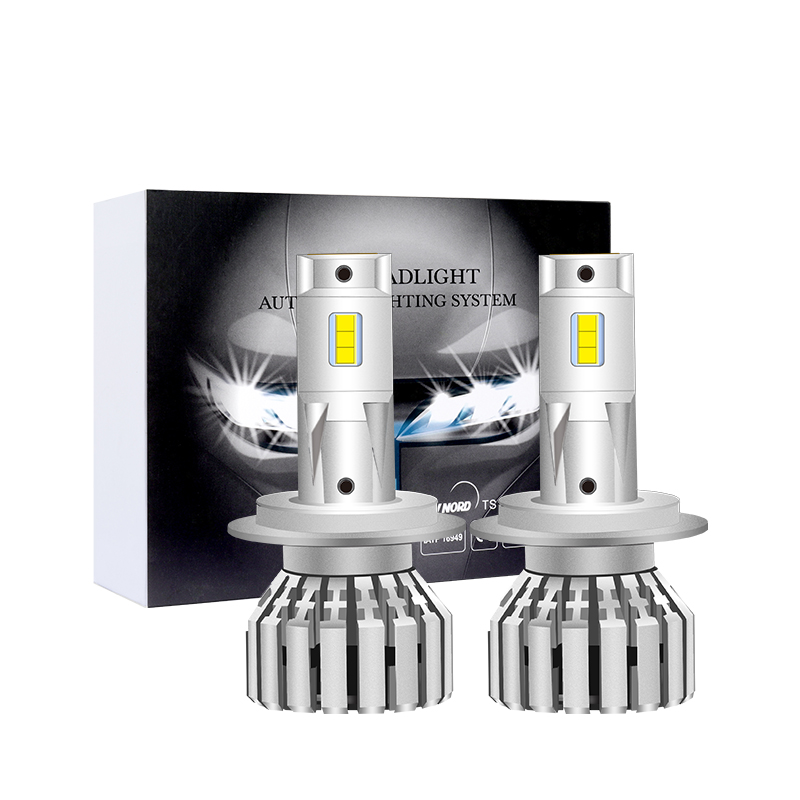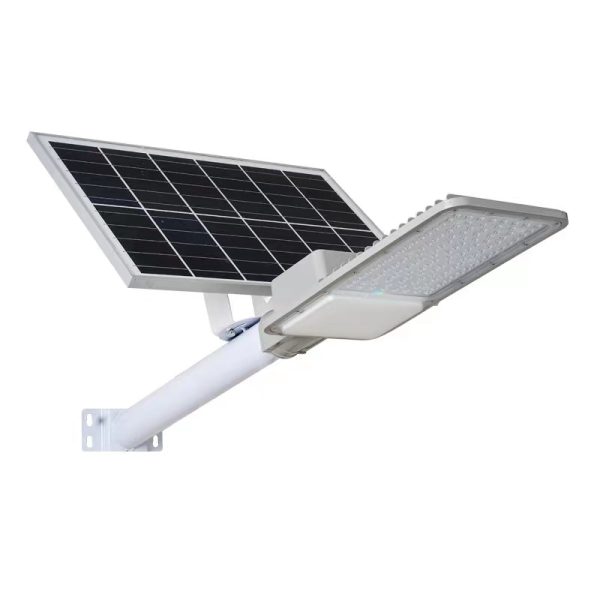Working principle of Infrared Emitting Diode
Infrared Emitting Diode (IRLED) is a semiconductor device that can emit infrared light. It plays an important role in many application fields, such as infrared communication, remote control, infrared sensors, etc. To understand the working principle of infrared light-emitting diodes, it is first necessary to understand their structure and components.
The basic structure of infrared light-emitting diodes is similar to that of ordinary light-emitting diodes, consisting of P-type and N-type semiconductor materials. Injecting a positive charge on one side of the P-type semiconductor, forming a P-region; Negative charges are injected on one side of the N-type semiconductor, forming an N-region. The boundary between the P and N regions is called the P-N junction. When an applied voltage is applied to the infrared light-emitting diode, the current begins to flow. Next, let’s have a detailed understanding of the working principle of infrared light-emitting diodes.
The basic principle of infrared light-emitting diodes is photo induced electron transition. During the formation of the P-N junction, electrons transition from the N region to the P region, while holes transition from the P region to the N region. When electrons and holes transition, they release energy, which is emitted in the form of photons, known as luminescence. The wavelength of emitted light is usually between 850 nanometers (nm) and 940 nanometers (nm), which belongs to the range of infrared light.
The emission process of infrared light-emitting diodes involves energy level transitions of electrons. In the P-type region, electrons are in higher energy states (excited states), and when they transition to lower energy states (ground states), energy is released. This energy propagates in the form of photons, known as infrared light. The band structure of an infrared light-emitting diode determines the specific wavelength of light it can emit.
The operation of infrared light-emitting diodes requires the drive of an external power source. When a forward voltage is applied, electrons flow from the N region to the P region, while holes flow from the P region to the N region. In this way, electrons and holes meet and recombine at the P-N junction, and the process of luminescence begins. The light intensity of infrared light-emitting diodes is directly proportional to the magnitude of the current, so it is necessary to choose the appropriate current according to specific needs when using them.
The working temperature of infrared light-emitting diodes is usually lower, which helps to improve their efficiency and lifespan. To protect infrared light-emitting diodes from overheating, heat sinks are usually used or installed on heat sinks.
Summary: The working principle of infrared light-emitting diodes is to release energy through energy level transitions between electrons and holes in the P-N junction, emitting infrared light in the form of photons. The application of external forward voltage causes electrons and holes to meet and recombine at the P-N junction, resulting in a luminescent effect. The magnitude of the current determines the light intensity of the infrared light-emitting diode. The correct working temperature and heat dissipation measures can improve the efficiency and lifespan of infrared light-emitting diodes.
Infrared light-emitting diodes, as an important optoelectronic device, have been widely used in many fields due to their small size, low power consumption, and fast response. With the continuous development and innovation of technology, the application prospects of infrared light-emitting diodes in the field of optoelectronics will be even broader.


